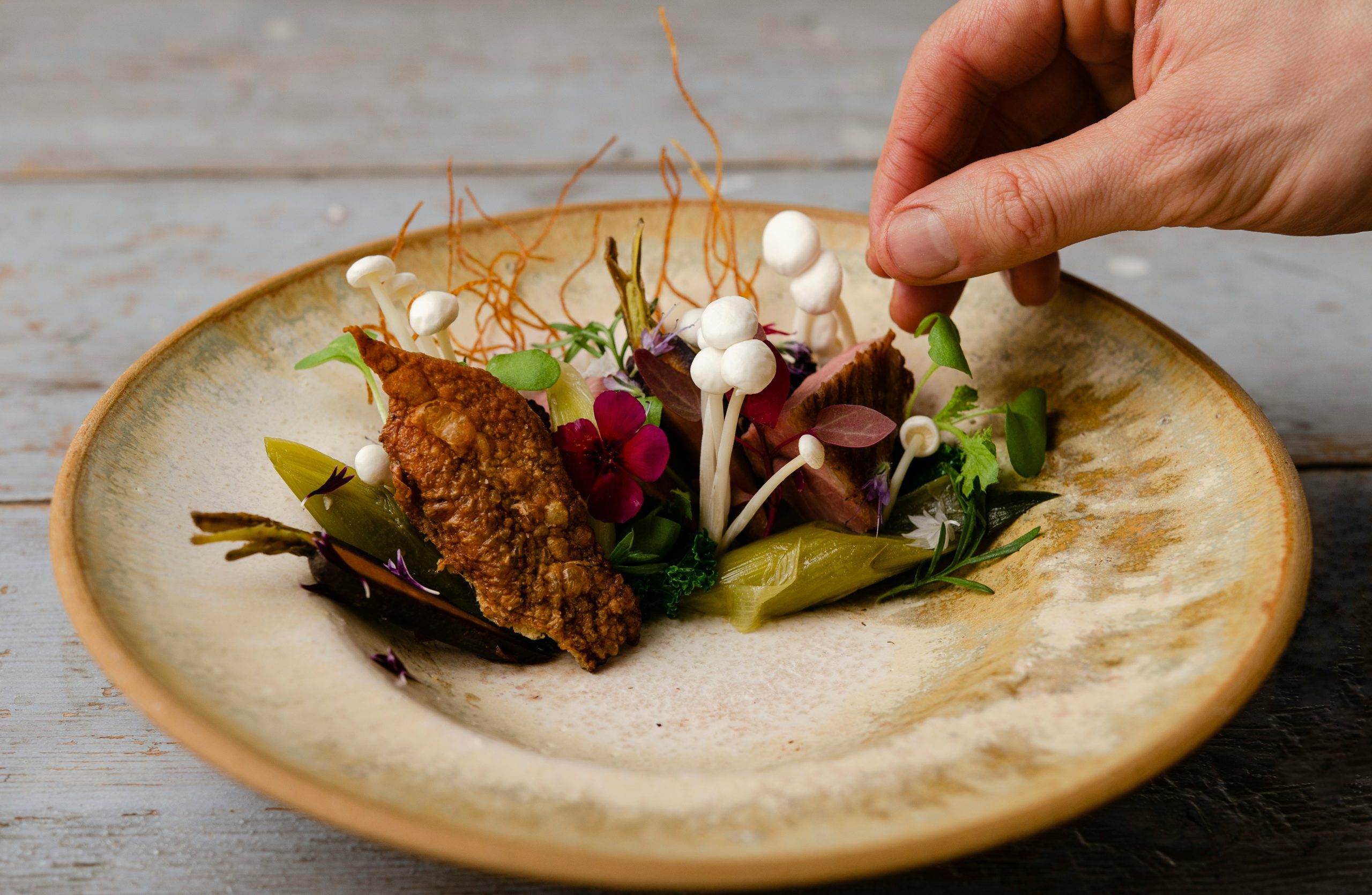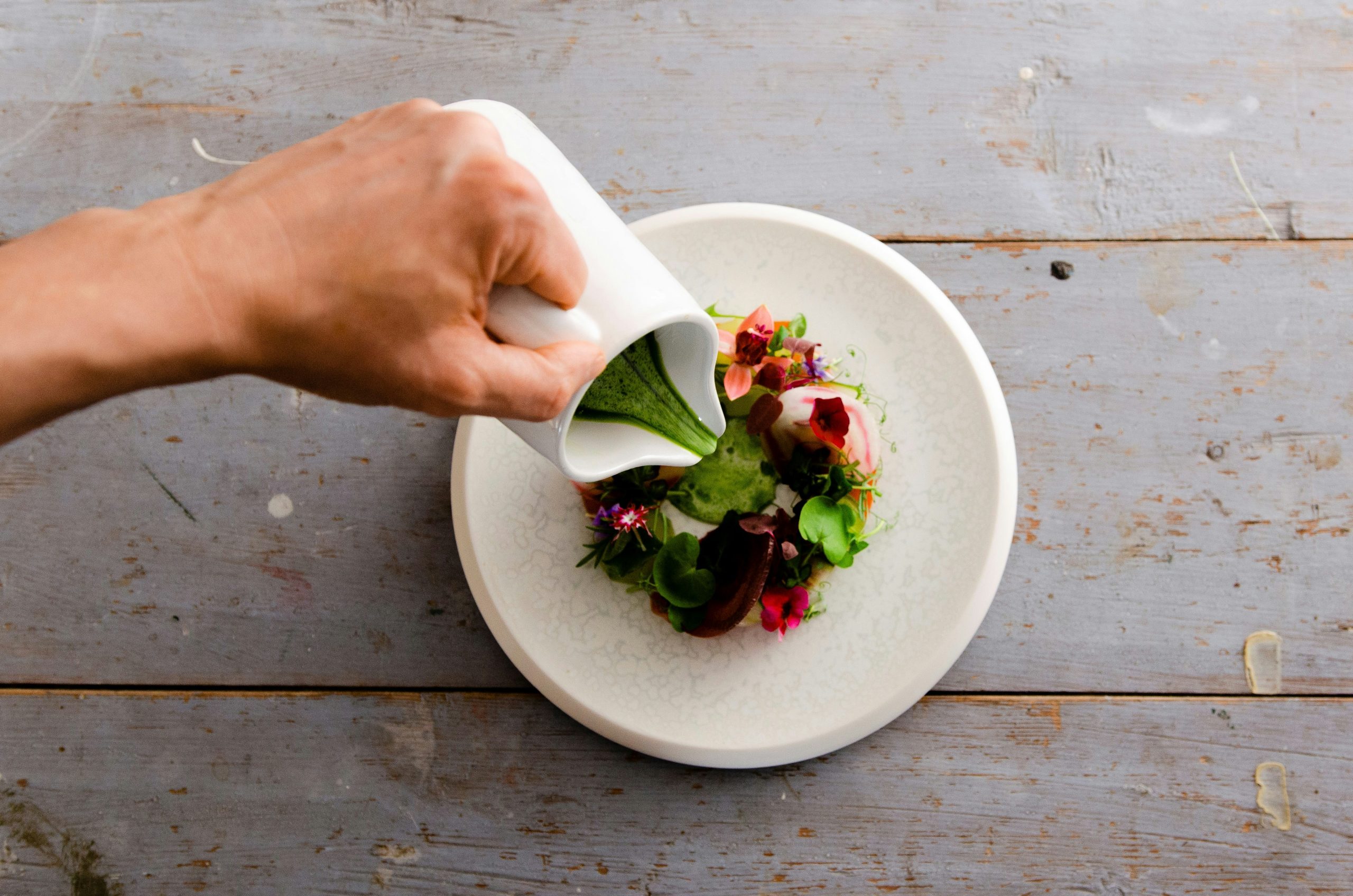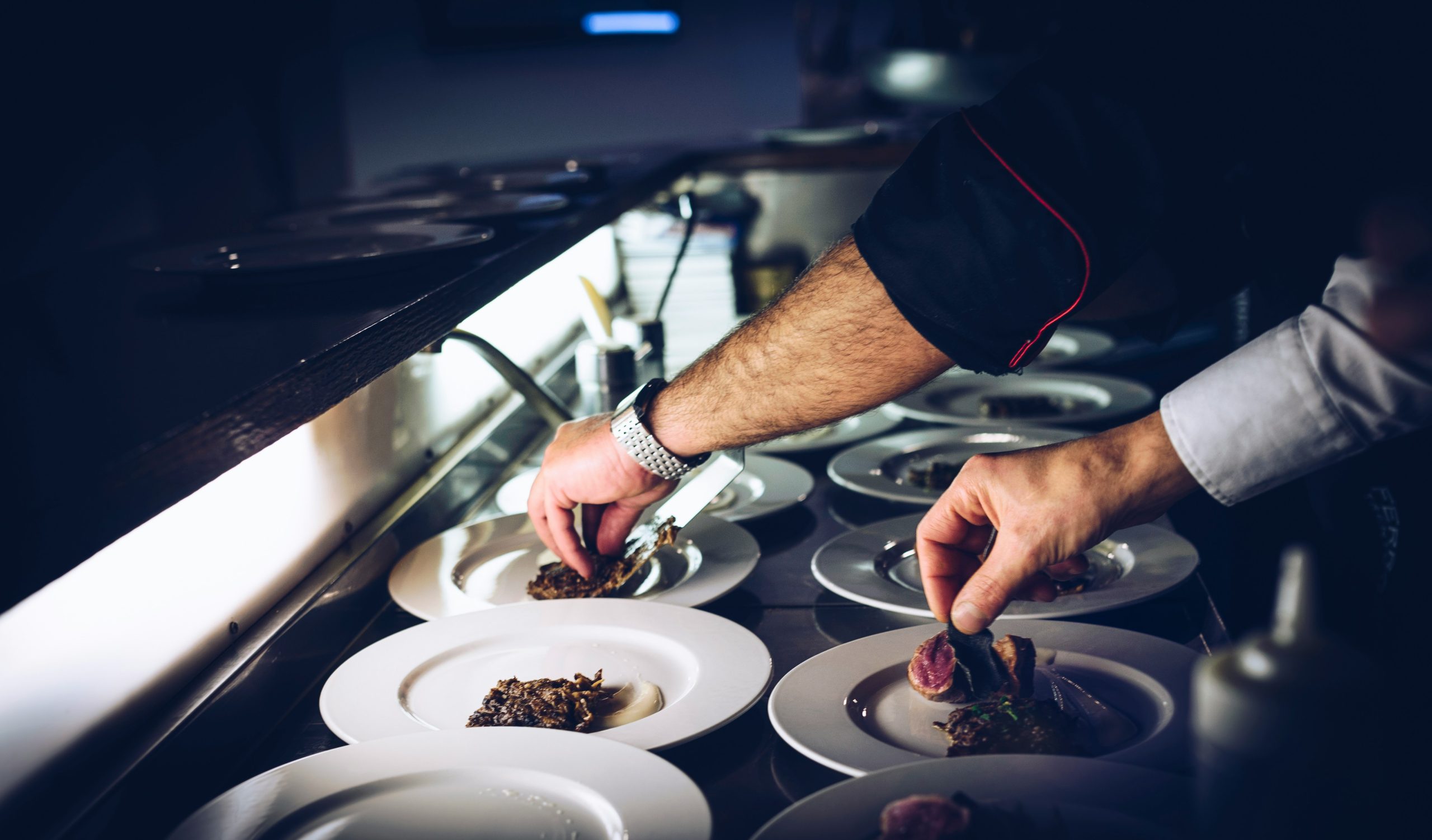Discover the enchanting flavors of Tahitian gastronomy, where tradition and exotic ingredients blend to create a culinary experience like no other. Dive into the unique culinary delights that make Tahiti a paradise for food lovers.
the history of gastronomy in Tahiti

exploring the roots of Tahitian cuisine
Tahitian gastronomy is a vibrant tapestry woven from the rich history and diverse cultural influences that have shaped the island’s culinary traditions over centuries. The fusion of flavors and cooking techniques from Polynesian, French, Chinese, and Southeast Asian culinary traditions have given rise to the unique and tantalizing dishes that define Tahitian cuisine today.
the Polynesian foundation
At the core of Tahitian gastronomy lies the Polynesian heritage, characterized by a deep connection to the land and sea. Taro, breadfruit, coconut, and fresh seafood are staples in Tahitian cuisine, reflecting the reliance on natural resources and a harmonious relationship with the environment. Traditional cooking methods such as underground oven cooking, known as “umu,” continue to be practiced, infusing dishes with a smoky and earthy flavor.
French colonial influence
The arrival of French colonists in the 19th century brought a wave of culinary influences that left an indelible mark on Tahitian cuisine. French techniques and ingredients were seamlessly integrated with local flavors, giving rise to dishes like poisson cru (raw fish marinated in lime and coconut milk) and choucroute Tahitienne (Tahitian-style sauerkraut). The French influence also introduced pastries, bread, and wine to the Tahitian culinary landscape.
Chinese and Southeast Asian flavors
The Chinese and Southeast Asian communities that settled in Tahiti brought their own culinary traditions, contributing to the diversity of flavors found in Tahitian cuisine. Stir-fries, noodles, and flavorful spices found their way into Tahitian dishes, creating a unique blend of sweet, savory, and umami flavors that tantalize the taste buds.
modern innovations and sustainability
As Tahiti continues to evolve, modern innovations and sustainability practices are shaping the future of Tahitian gastronomy. Chefs are blending traditional recipes with contemporary techniques, creating dishes that pay homage to the past while embracing the present. Sustainable fishing practices, organic farming, and a focus on locally sourced ingredients are becoming increasingly important, ensuring that Tahitian cuisine remains both delicious and environmentally conscious.
preserving the culinary heritage
Efforts are underway to preserve and promote the rich culinary heritage of Tahiti, ensuring that future generations can continue to savor the flavors of the island. Cultural festivals, cooking classes, and farm-to-table initiatives are all playing a role in celebrating Tahitian cuisine and passing down traditional recipes to the next generation. By honoring the past while embracing the future, Tahitian gastronomy remains a vibrant and essential part of the island’s identity.
In conclusion, the fascinating history of gastronomy in Tahiti is a testament to the island’s diverse cultural heritage and deep connection to the land and sea. From Polynesian roots to French influences and modern innovations, Tahitian cuisine continues to captivate and delight with its unique flavors and traditions. To truly experience Tahiti is to savor its culinary delights, each dish telling a story of the island’s past and present.
traditional ingredients and flavors

Caribbean influences in gastronomy are as diverse as the islands themselves, each offering a unique blend of flavors and ingredients. From spicy jerk seasonings in Jamaica to the fruity freshness of Barbadian cuisine, the Caribbean exudes a vibrant culinary culture rooted in the bounty of the land and sea.
cultural fusion in cuisine
Global food trends continue to push boundaries and create fusion cuisine that marries traditional ingredients with modern techniques. As chefs experiment with flavors from around the world, dishes evolve to reflect a melting pot of culinary influences. The result is an exciting exploration of taste that transcends borders and traditions.
traditional indian cooking vessels
In India, the cuisine is as diverse as its regions, with each area boasting its unique set of traditional cooking vessels. From the tandoor oven of North India to the clay pots of South India, these vessels not only shape the cooking process but also infuse dishes with a deep, authentic flavor that is unmistakably Indian.
taste of sarawak: a culinary journey through kuching
Sarawak, a Malaysian state on the island of Borneo, is a hidden gem for food enthusiasts. The cuisine of Kuching, its capital, reflects a fusion of Malay, Chinese, and indigenous flavors, resulting in a tantalizing blend of sweet, sour, and spicy tastes that exemplify the region’s culinary diversity.
padma lakshmi says this ingredient makes american food great
Indian-American cookbook author Padma Lakshmi believes that American food achieves its greatness through the incorporation of diverse ingredients from around the world. By embracing spices, herbs, and cooking techniques from different cultures, American cuisine becomes a medley of flavors that reflects the country’s rich cultural tapestry.
global flavors influence american tastes
American palates are evolving as global flavors influence and shape the culinary landscape. From Korean BBQ tacos to Ethiopian injera bread, the infusion of international tastes in American dishes adds depth and excitement to traditional favorites, reflecting a growing appreciation for world cuisines.
italian cuisine: a celebration of rustic yet elegant flavours
Italian cuisine is renowned for its simple yet sophisticated flavors that highlight fresh, quality ingredients. From the rich tomato sauce of a classic marinara to the delicate balance of a creamy risotto, Italian dishes are a celebration of rustic elegance that embodies the essence of Mediterranean gastronomy.
exploring the flavors of puerto rico
Puerto Rican cuisine is a vibrant tapestry of flavors influenced by the island’s rich history and diverse cultural heritage. From hearty stews like asopao to crispy fried plantains known as tostones, every bite in Puerto Rico tells a story of resilience, ingenuity, and the enduring spirit of the island’s people.
taste of kerala: exploring one of the most flavoursome cuisine in india
Kerala, a coastal state in southern India, boasts one of the most flavorful cuisines in the country. Known for its use of coconut, curry leaves, and an array of spices, Keralan dishes like appam and fish curry are a sensory delight that captures the essence of this lush, tropical region.
exploring the rich flavors: 8 types of chinese cuisine
Chinese cuisine is a culinary journey through a vast and diverse landscape, with each region offering its distinct cooking style and flavors. From the fiery spices of Sichuan cuisine to the delicate dim sum of Cantonese cooking, exploring the traditional ingredients and flavors of Chinese cuisine unveils a rich tapestry of tastes that have captivated palates for centuries.
fusion of cultures in Tahitian cuisine

In the heart of the South Pacific lies a culinary paradise where flavors, techniques, and traditions from around the world meld together in perfect harmony. Tahitian cuisine is a true reflection of the diverse cultures that have influenced the islands over the centuries, resulting in a unique and vibrant gastronomic tapestry that celebrates fusion at its finest.
the melting pot of tahitian cuisine
Tahitian cuisine is a testament to the island’s rich history of trade, colonization, and migration. The fusion of Polynesian, French, Chinese, and Southeast Asian influences has created a culinary landscape that is as diverse as it is delicious. From traditional dishes like Poisson cru, a Tahitian take on ceviche, to French-inspired baguettes and pastries, Tahitian cuisine embraces a multitude of flavors and cooking styles.
– Polynesian ingredients such as taro, breadfruit, and coconut are staples in Tahitian dishes, reflecting the islands’ indigenous roots.
– French culinary techniques and ingredients like butter, cream, and cheese add a touch of sophistication and elegance to Tahitian cuisine.
– Chinese and Southeast Asian flavors bring a spicy and aromatic dimension to dishes, creating a perfect balance of sweet, sour, salty, and spicy notes in many Tahitian recipes.
innovation and creativity in tahitian kitchens
Tahitian chefs are known for their innovation and creativity, constantly pushing the boundaries of traditional cooking to create exciting new dishes that captivate the palate. By experimenting with different ingredients, flavors, and techniques, they keep Tahitian cuisine dynamic and relevant in the ever-changing world of gastronomy.
– Fusion restaurants in Tahiti are at the forefront of culinary trends, blending local ingredients with international influences to create dishes that are both familiar and exotic.
– Tahitian chefs draw inspiration from global gastronomic trends, infusing traditional recipes with modern touches to cater to evolving tastes and preferences.
– The use of native superfoods like noni, taro leaves, and Tahitian vanilla showcases Tahiti’s commitment to sustainability and preserving its culinary heritage.
celebrating diversity through food
Tahitian cuisine is more than just food—it’s a celebration of diversity, unity, and cultural exchange. By embracing fusion as a fundamental aspect of its culinary identity, Tahiti showcases the beauty of blending different traditions and flavors to create something truly extraordinary.
– The fusion of cultures in Tahitian cuisine serves as a beacon of cross-cultural identity and unity, highlighting the importance of embracing diversity in a globalized world.
– Through food, Tahitians honor their ancestors and pay homage to the journeys that have shaped their culinary heritage, creating a sense of belonging and shared history among inhabitants and visitors alike.
– Tahitian cuisine invites everyone to the table, encouraging openness, tolerance, and appreciation for the myriad influences that contribute to the vibrant tapestry of flavors found in the islands.
In conclusion, the fusion of cultures in Tahitian cuisine is a reflection of the island’s past, present, and future. By blending traditional ingredients with modern techniques, local flavors with international influences, Tahitian chefs continue to push the boundaries of gastronomy, creating a culinary experience that is as rich and diverse as the islands themselves. Embrace the fusion of flavors in Tahitian cuisine and embark on a gastronomic journey that will tantalize your taste buds and warm your soul.
